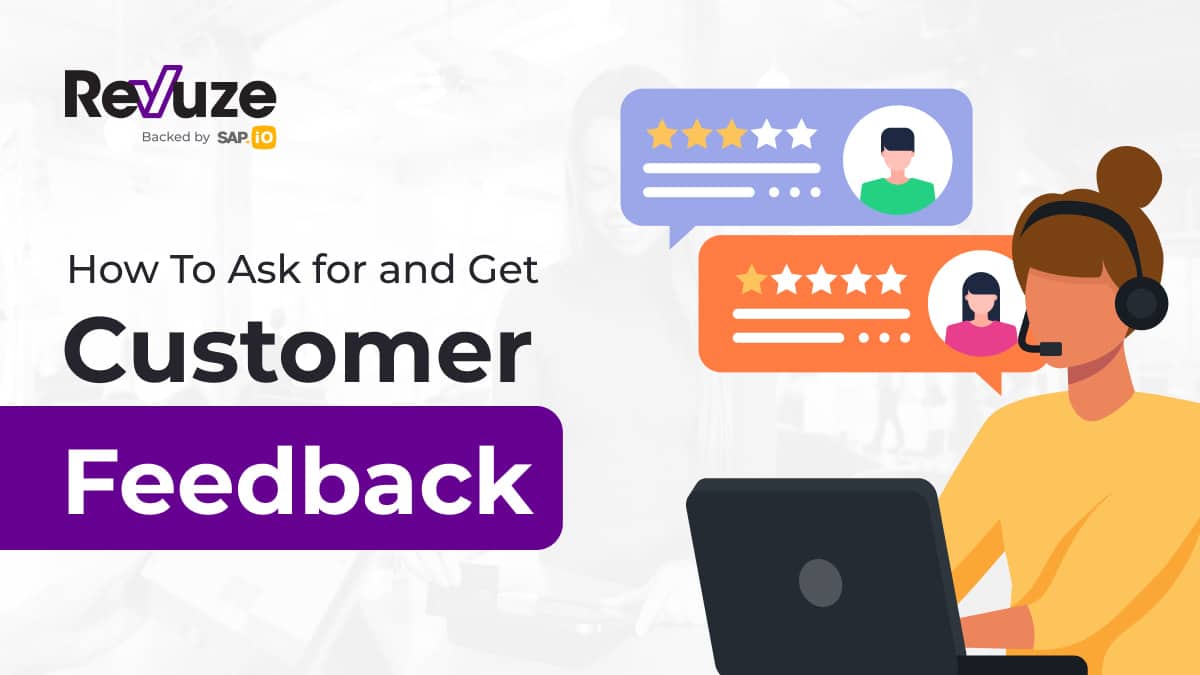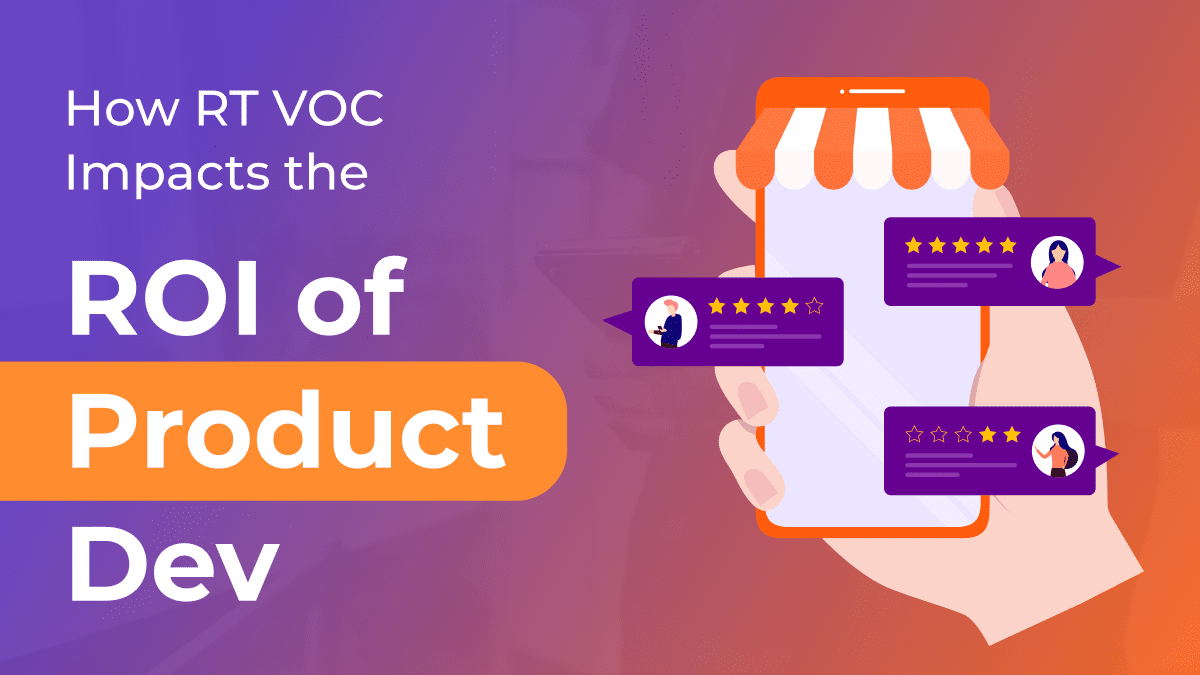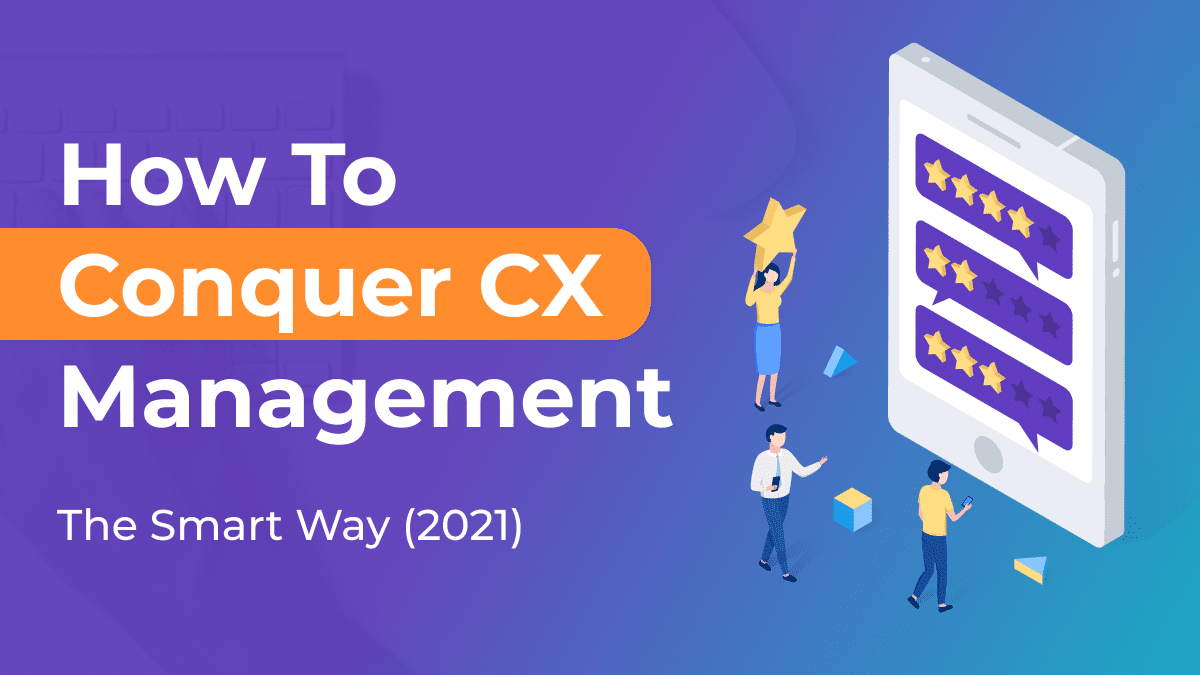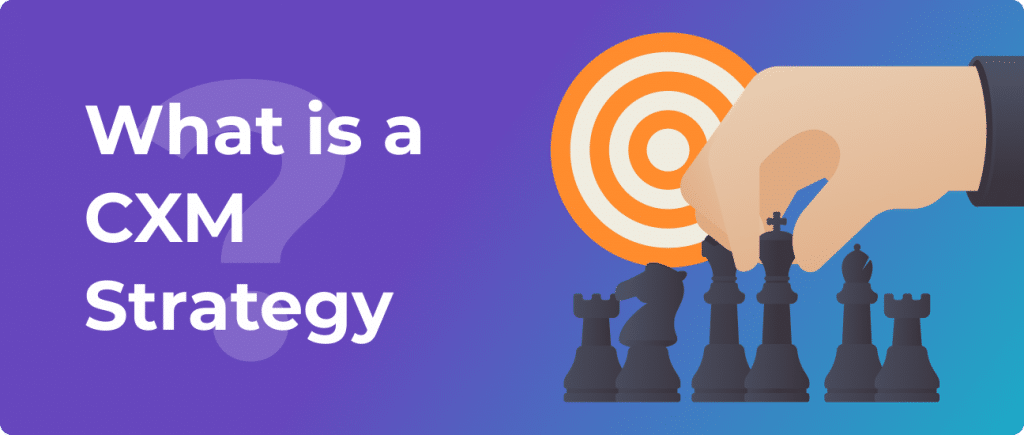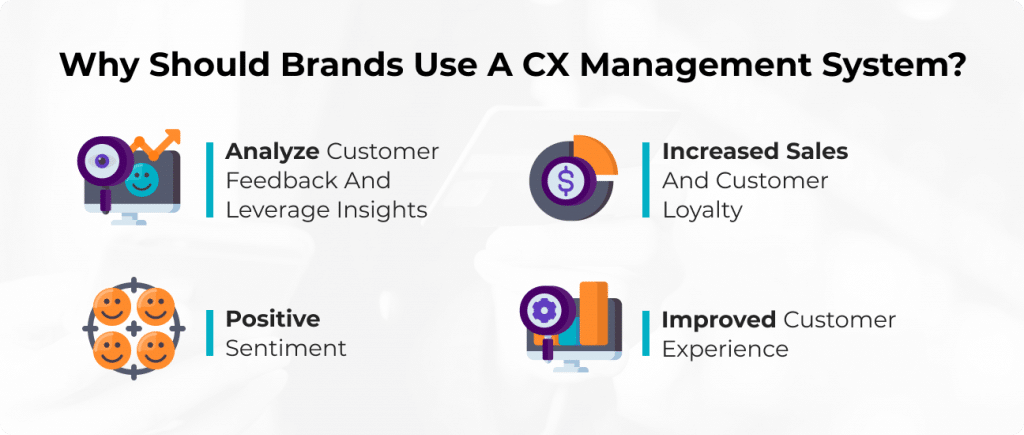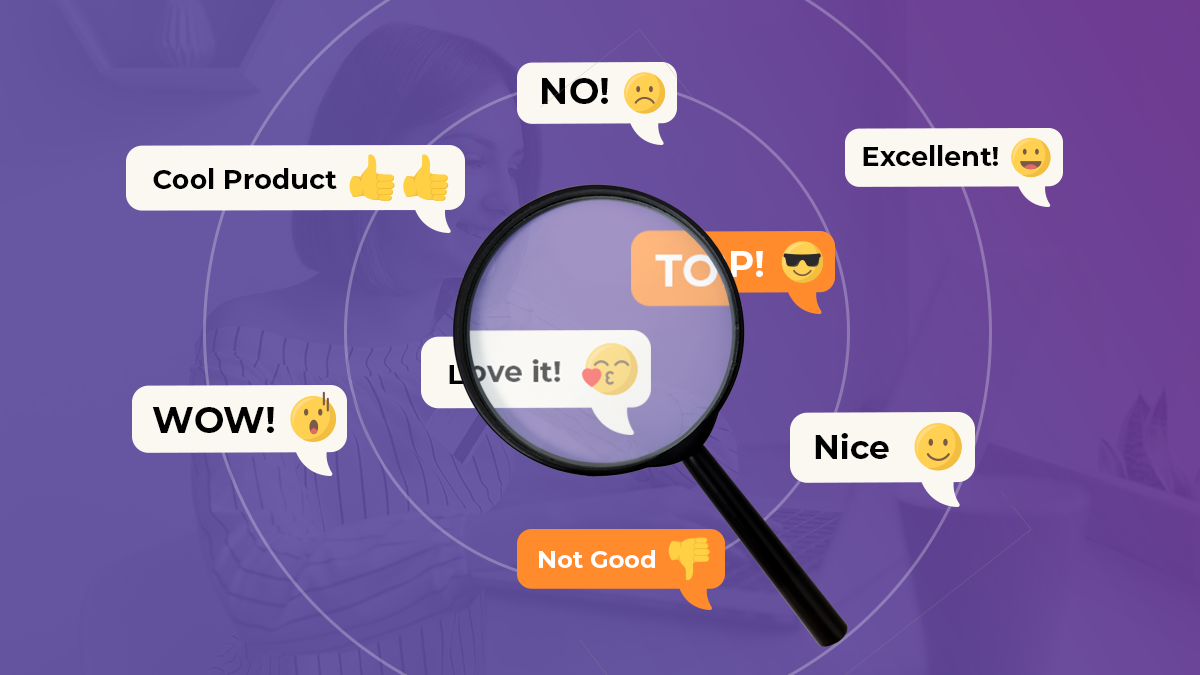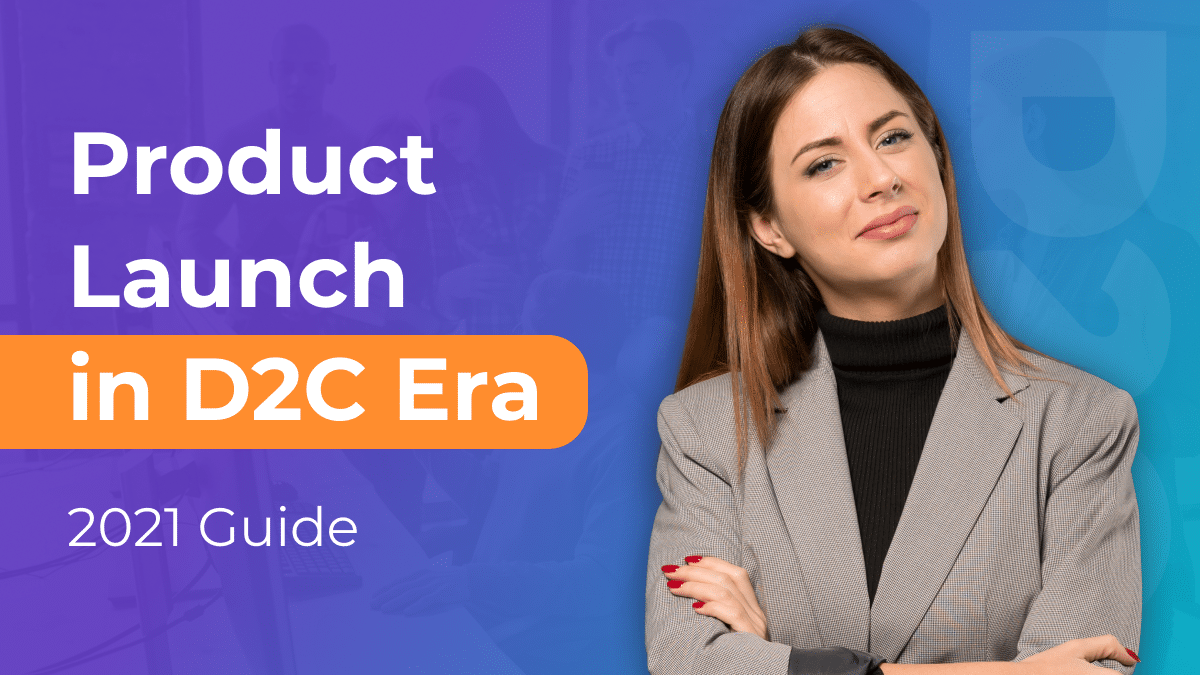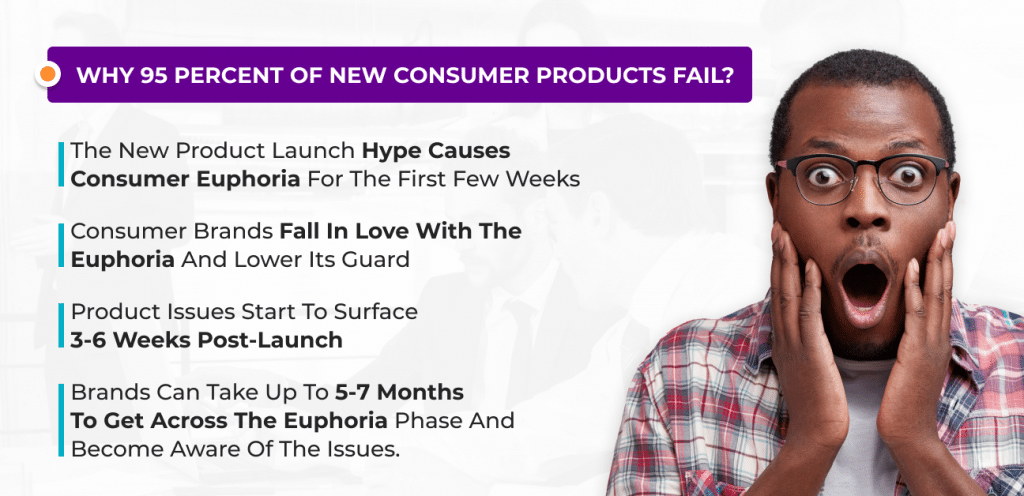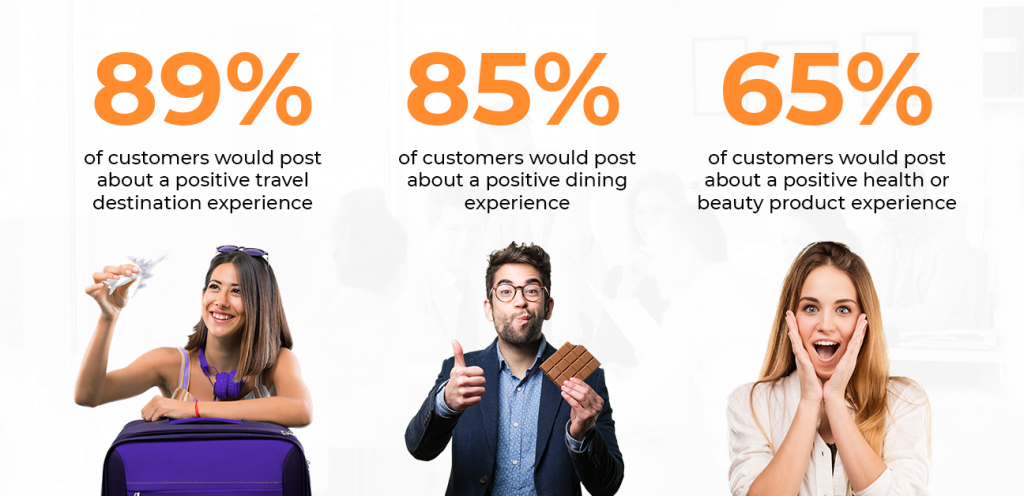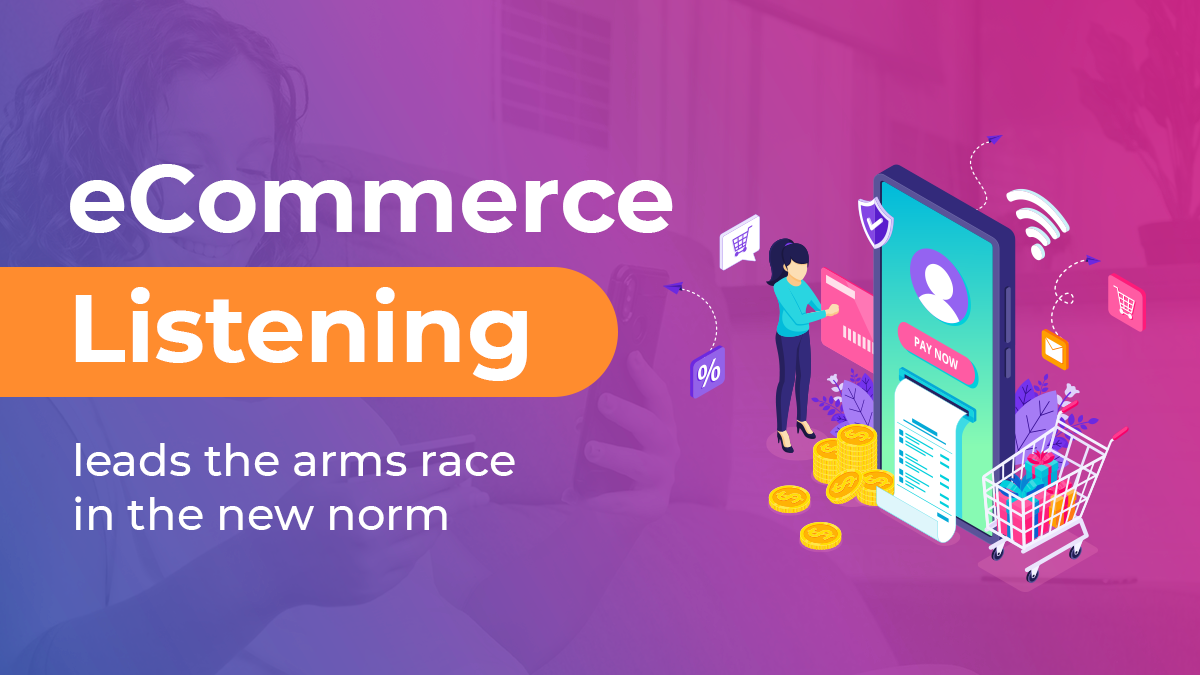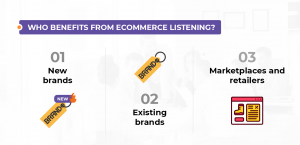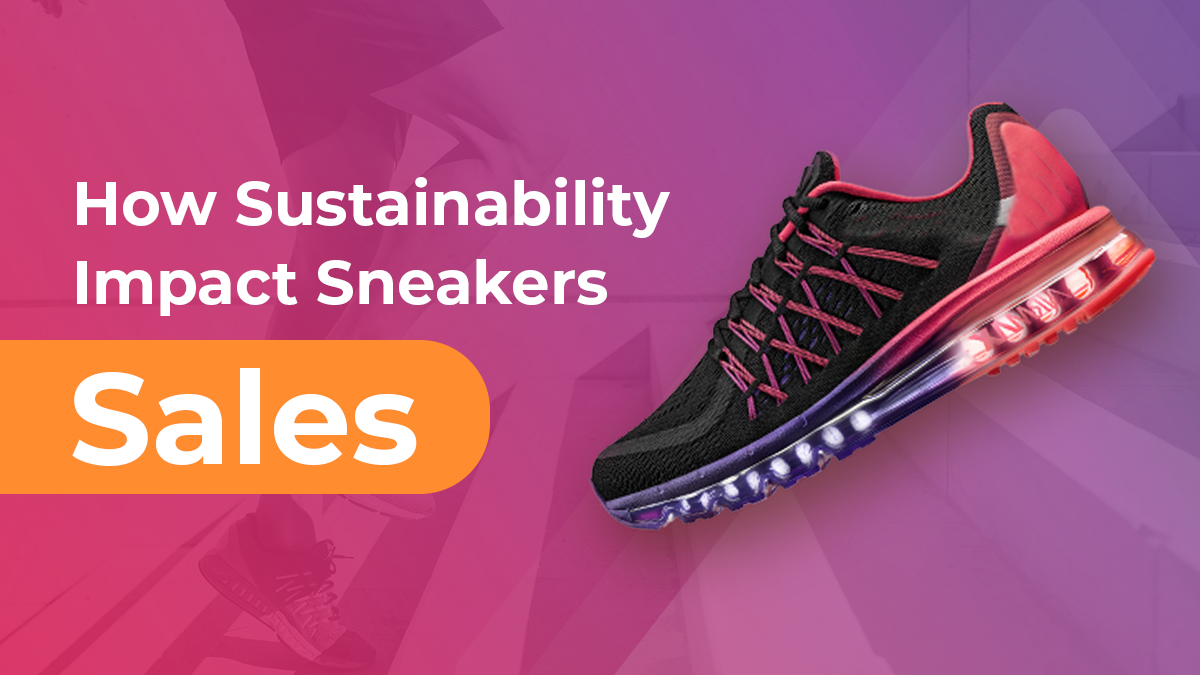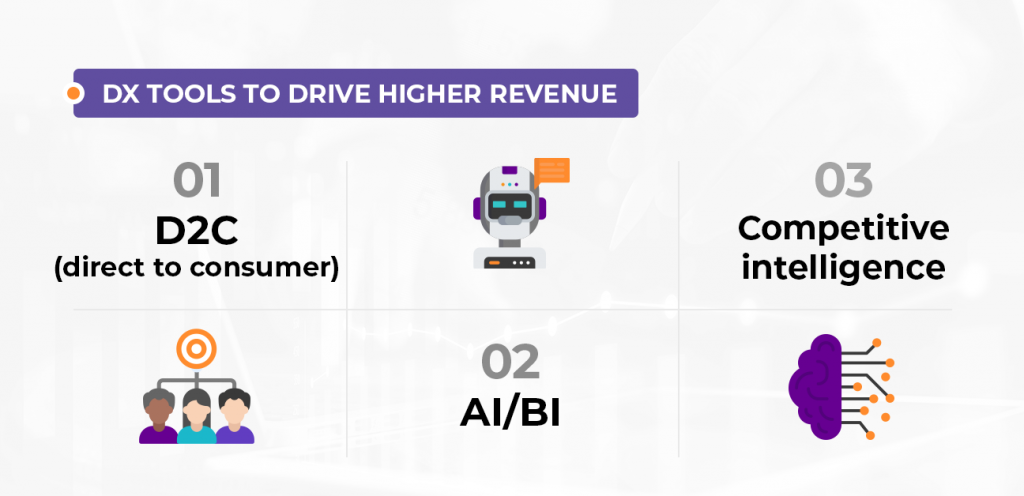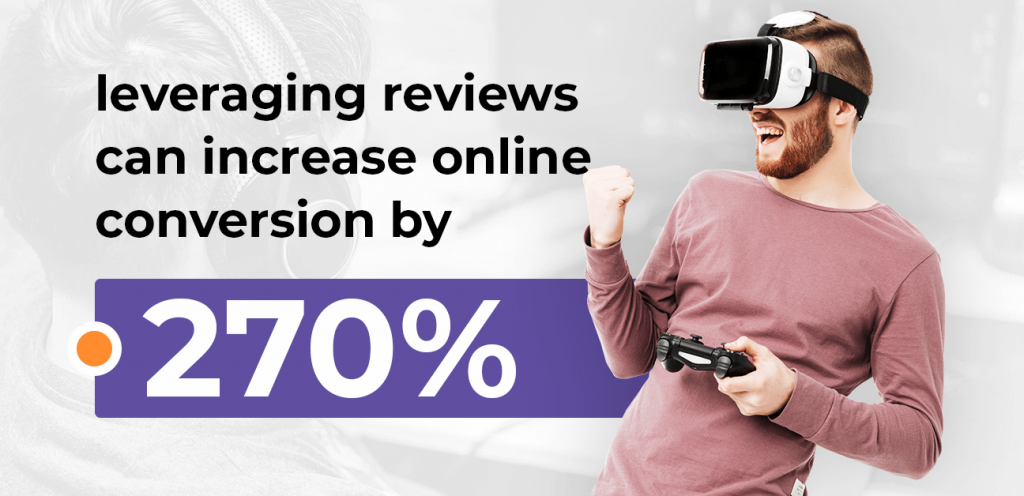What Is Sentiment Analysis?
Sentiment analysis is the automated process to analyze a text and interpret the sentiments behind it. Through machine learning and text analytics, algorithms can classify statements as positive, negative, and neutral.
This process, also known as “opinion mining,” is often used by companies and brands as a strategy for social media monitoring to manage large amounts of data and gain consumer insights to learn more about customers’ sentiment and competitors.
[banner_text text=”Check product rank by sentiment analysis” button_text=”Get started” button_link=”https://www.revuze.it/top-product-ranking/”]
What Is Sentiment Analysis Used For?
Sentiment analysis is used to analyze social media posts, tweets, and online product reviews, as a way to track opinions, reactions, and ultimately improve customer service and experience. It’s great for market research, brand and product reputation monitoring, and customer experience analysis.
These tools are not only used for analysis purposes, but also for predictions. Previous research suggests, for example, that positive sentiments may have an upward effect on stock prices.
Sentiment Analysis Using Product Review Data
Sentiment analysis using product review data is perhaps one of the most important things every company (and consumer insights expert) is looking after. After all, the best way to understand if your customers like your product or service are by understanding their sentiment towards it.
The easiest way to find out what your customers think about your product is by asking them to review your product. The job doesn’t end here. Not all of the reviews are created equal. You must collect all the relevant reviews for a specific product, and then you must arrange them into the relevant hierarchies and compare them against the industry & against your competitors. A good
example Revuze can share would be the sentiment analysis using product review data we did on Lysol VS Clorox.
In the report, you can find out exactly how Revuze deciphered the relevant product features by tapping into the consumer sentiment and understand what’s working and what’s not.
The Definition of Sentiment Analysis
Millions of people around the globe today express their feelings on products and brands through the internet, whether it’s in a Yelp review, in a Twitter thread, or in a Facebook post. Companies have a strong interest in intercepting these online “conversations,” so that they can learn more about their customers and users, as well as the customers of their competitors in the market.
Given the magnitude of available data, it’s impossible for companies to manually search for reviews and comments, analyze them, and classify them as positive or negative. Thanks to sentiment analysis, this process can be automated, so that these insights can be gathered and evaluated through algorithms.
Of course, training machines to interpret sentiments written in textual form can be challenging, and that’s why not all companies that offer sentiment analysis solutions actually succeed at performing this task.
[banner_text text=”1B product insights at your fingertips.” button_text=”Get started” button_link=”https://sentimate.com/signup/”]
How Does Sentiment Analysis Work, Exactly?
Let’s say you own a restaurant and you scout for online reviews. Sentiment analysis can analyze them and quickly classify them as “positive,” “negative,” or “neutral.” For example, “The food was delicious!” can be easily classified as strongly positive, while “The service sucks” will be identified as a strongly negative comment. Thanks to a “sentiment library,” a sentiment analysis tool can easily identify nouns, verbs, adjectives, and adverbs in these texts and recognize that “delicious” is an indicator of a positive reaction, while “sucks” is an indicator of a negative one.
If all reviews were so straightforward, it would be quite easy to train a machine to do the job. However, most reviews are more subtle and nuanced.
For instance, one reviewer may say, “The food was good, but the music was too loud.” Another might call the restaurant “Not bad.”
Sentiment analysis usually assesses the “score” of a text, placing it on a spectrum of attitudes that goes between +1 (totally positive) and -1 (totally negative). This way, machines are able to distinguish between an enthusiastic comment and a milder, still positive one.
For instance, let’s say your brand has recently put out a new commercial that has been played on television. You can use social media listening to see if people on Twitter have been commenting on your new ad. A sentiment analysis tool will be able to distinguish between different scores of positivity in the two following comments: (1) “I’m obsessed with this new commercial!” and (2) “That’s a cute commercial.” While both of them are positive, the first one will receive a higher score, as it’s clearly more enthusiastic.

Some Of The Challenges In Sentiment Analysis
As we mentioned earlier, a text can be quite hard for a machine to dissect and interpret.
A user may write: “We had to wait 45 minutes to get a table. Great!” To a human being, it’s clear that the adjective “Great!” is used in a sarcastic way. How do we know it? Because of context. We read the previous sentence, which talks about a long wait time, and we understand that the comment is not positive at all. A good sentiment analysis tool has to be able to detect sarcasm from the broader context, otherwise you’ll end up getting inaccurate data about your brand at the end of the analysis.
Another issue has to do with nuance. The comment “The movie was not bad” is literally saying that the movie was not bad, maybe even good; but it’s also implying that the expectations regarding this movie were so low that the movie is not as bad as one would have expected it to be. This is called “negator.”
Also “intensifiers” can be challenging for sentiment analysis. A user who writes “The company’s comment on this issue was pretty good,” creates a nuance that would not be there if we read the same sentence without the word “pretty.”
In conclusion, it’s important not to rely on very basic and simple sentiment analysis tools, which are definitely not going to capture the complexity of human sentiments expressed through text.
Steps in Sentiment Analysis
As we dig further in understanding this powerful marketing and branding tool, let’s look at the pipeline of steps usually applied in sentiment analysis.
In this pipeline sample, we’ll consider sentiment analysis for a given company or brand.
Step1: Data gathering
First of all, we need the data that we will later analyze. We can gather data from social media, namely Twitter, using scraping tools, APIs, customers’ data feed, and so on. We can also gather data from user reviews on services like Google and Yelp. We’ll be looking for all mentions of the company or brand over a specific period of time. This practice is very common in all forms of social media listening.
Step 2: Text cleaning
Text cleaning tools will allow us to process the data and prepare it for the analysis by removing stopwords (a, and, or, but, how, what…), punctuation (commas, periods…), and checking for stemming. These tools will allow us to “clean” or “strip” the texts from anything that might be irrelevant to the analysis.
Step 3: Sentiment analysis (or opinion mining)
At this point, we can use our sentiment analysis algorithms to analyze the data that we have gathered. As we saw earlier, the most common classification is the spectrum between “positive” and “negative.” However, more refined tools may also identify more complex sentiments such as anger, sadness, and so on. The algorithms will use a sentiment library to identify opinions and classify them.
Step 4: Understanding the results
At the end of the process, we should be able to see the data grouped into major categories. We should be able to see if we have more positive, neutral, or negative reactions. Having each sentiment tagged with its original date is particularly important, as a timeline will show us if we had “peaks” (surges of positive sentiments) or “valleys” (surges of negative sentiments) in specific moments in time. We might therefore be able to find correlations between something that happened on a specific date and a surge of opinions regarding our brand.
While we might identify a peak or a valley while performing sentiment analysis, the opposite might happen—we might notice a surge in mentions on Twitter and we therefore might use sentiment analysis to understand the users’ reactions.
For example, an airline might notice a surge in mentions on Twitter due to some viral content regarding the airline. Given the magnitude of data on the social media network, the company might use data gathering to collect all those mentions; it will then perform sentiment analysis to study the reaction of the public to the viral content. Here’s why sentiment analysis is so important: Understanding whether the reaction is positive or negative can be useful for the company to decide to pursue one of the following actions:
- If the reaction is positive, the airline might want to capitalize on the moment to push a new commercial campaign or pitch the content to the news media.
- If the reaction is negative, the airline might want to prevent a brand crisis by taking action or publishing a statement as soon as possible.
2021 Updates For Sentiment Analysis
Sentiment analysis is a hugely popular and efficient consumer feedback analysis tool. And honestly, it is quite simple and straightforward. However, going into 2020 we have been seeing some new applications and innovations when it comes to using sentiment analysis for consumer feedback processing.
With eCommerce steadily growing over the past few years and enjoying a recent boost in popularity during the COVID-19 pandemic, online consumer feedback has also grown in volume. As a result, brands are now using sentiment analysis for more than just categorizing customer feedback.
First, more and more brands are more interested in identifying customer pain points. This is by no means a new application for sentiment analysis, but it has become extremely important during early 2020. Efficiently mapping and explaining customers’ experience or issues with a brand, product, or service became vital during the coronavirus crisis. And many brands turned to sentiment analysis tools.
In addition, early 2020 has proven the importance of quality NLP and Text analysis. With the rise of online shopping came the increased use of chatbots. Not being able to access stores, consumers were left with automated customer service. However, many people became frustrated with chatbots and automated call distribution (ACD) systems that did not understand how upset they were, providing or repeating the same answer pattern.
Hoping to improve customer support and overall consumer experience, brands are turning to sentiment analysis tools in hopes to obtain better data and insights. Quality text analysis allows businesses to provide optimized service and fine-tune automated consumer engagement.
How Revuze Performs Sentiment Analysis
At Revuze, a premier big data consumer analytics firm, we personalize automated sentiment analysis to maximize its accuracy and success rate.
We do it through “local models,” which allow us to adapt our technology to the peculiarities of each case study or client. Within just a few days, we can generate local dictionaries and models with a 90% accuracy. Compared to other tools, which take months to develop local dictionaries, we ensure that our clients can benefit from valuable consumer insights significantly faster.
Here’s how it works: Revuze’s AI algorithms extract many unique topics, ranging from high-level ones (like user satisfaction and price) to granular topics (such as “softness” for toilet paper or “moisturizing strip” for disposable razors). Instead of limiting ourselves to only 8-15 generic topics, we analyze 40-80 topics that are highly specific to each business or product we work with.
The truth is that, when you try to understand consumer sentiment around a certain product feature, you cannot afford to use a sentiment analysis tool that is limited to generic topics. Personalization is key.
With Revuze, you can get a first look at the insights of modern consumer usage, which are typically hidden.
Hacking The Product Rating Race With Sentiment Analysis In 2021
According to recent research, product rating impacts conversion rate online by as much as 12% when increasing rating from 3 to 5 stars. Imagine growing your D2C conversion rate by 12%…12% more revenue…this could be a major leap forward for the business…
When looking online for ways to increase product ratings and improve online reviews, most sources point out customer service and manual efforts without providing a quantifiable way to grow your ratings and reviews score. Common advice is:
- Have the right customer service personnel
- Speak to buyers post-purchase for direct feedback
- Respond to negative reviews
Some articles point to Customer Analytics as a way to grow customer value across exchanges, but this is just limited to existing customers and not all consumers who are considering your offerings.
Sentiment analysis, when leveraged across retailers and brands, should be your answer on hacking the product rating for your offerings. Let’s see why.
[banner_text text=”Perform a SWOT Analysis with Sentimate” button_text=”Get started” button_link=”https://sentimate.com/signup/”]
Sentiment Analysis Used On Ratings and Reviews – Across An Industry
Ratings and reviews are part of the User Generated Content (UGC) realm. It is exploding and is actually expected to be over 90% of the world’s data soon.
Why is UGC (Ratings and reviews in our context) important?
This is why brands encourage customers to leave reviews and provide feedback.
Now imagine being able to mine all these consumer opinions from online retailers and analyzing them for sentiment and topics. What consumers like or not – why they buy, what they like or hate, about a product, a service, a shopping experience, etc… (“I like product A, the price was great and it was available on stock but delivery was not quick”).
This is possible across an entire industry – all brands, all products, all reviews, and ratings, analyzed via sentiment.
The reason this is so valuable and important is not just the breadth of the information, but also the depth. This is the high-quality raw material (ratings and reviews) and highly focused on this medium of commerce, meaning:
- Low ratio of noise-to-insights (Low “chatter”)
- High level of granularity
- Store-specific feedback (Walmart has it in stock, Amazon doesn’t)
Hacking Sentiment Analysis – Cross Reviews With Product Ratings
These millions of verified purchasers’ feedback on your competitors’ products and yours can each be cross-referenced against its product rating. So for example you can learn which topics are positive drivers for 5-star reviews and which topics are drivers of negative 1 or 2-star reviews.
This correlation can be quantified with sentiment analysis to let you know the exact percentage of driving terms towards product ratings.
See this example analysis of the Converse Chuck Taylor All Star Core Ox athletic shoes –

It’s clear here that the top drivers for 5-star reviews are
What is also pretty clear here is that this product could have gotten MANY more 5 stars if it was:
- True to size (28% less 1-2 stars reviews)
- Not suffering from fakes sales (12% fewer 1-2 stars reviews)
- More durable (9% less 1-2 stars reviews)
This is a measurable, quantifiable way to boost your product rating for consumer product and service in an industry that includes ratings and reviews:
- Sentiment analysis
- Done at the product level
- Cross checked with low product ratings reviews vs high product rating reviews
Conclusion
While product ratings today are the gold standard that drives online sales and higher conversion rates, finding a quantifiable, measurable way to impact them is very rare.
The growth of eCommerce Ratings and reviews offers a way to align with the top of mind of customers in your industry, what they like and dislike. This is done by leveraging sentiment analysis across:
- Retailers
- Brands
- Products
Because sentiment analysis technology is not limited to one retailer or a number of opinions, this is a way to get industry-wide intelligence, covering your brand as well as competitors on any topics buyers talk about – brand, product, purchase, and service.
With this you can drive conclusions as to what drives product rating success (or failure):
- For your product portfolio
- Learning from your competitor’s portfolio
- Comparing across retailers/audiences
With this you are able to analyze, change and impact any product rating:
- Optimize what consumers are happy about on a Product Description Page (PDP)
- Fix product issues that consumers care about and drive low product ratings
- Address product rating differences between retailers
- Understand shopping experience and customer service impact on the product rating
Selecting the right sentiment analysis tool is important. We’d recommend that you prioritize solutions that are:
- Holistic: Providing the data, data cleansing, and analysis all in one spot
- SKU level: Provide sentiment analysis by product and feature, not just brand
- Self-service: Do not require experts in the loop but allow direct use by business users
- eCommerce focused: Focus on eCommerce retailers as a data source (Verified buyer’s feedback)
In short, want to grow your revenue by 12%? Now you have the hack to do it…go go go!
Schedule your demo with Revuze today.
 All
Articles
All
Articles Email
Analytics
Email
Analytics